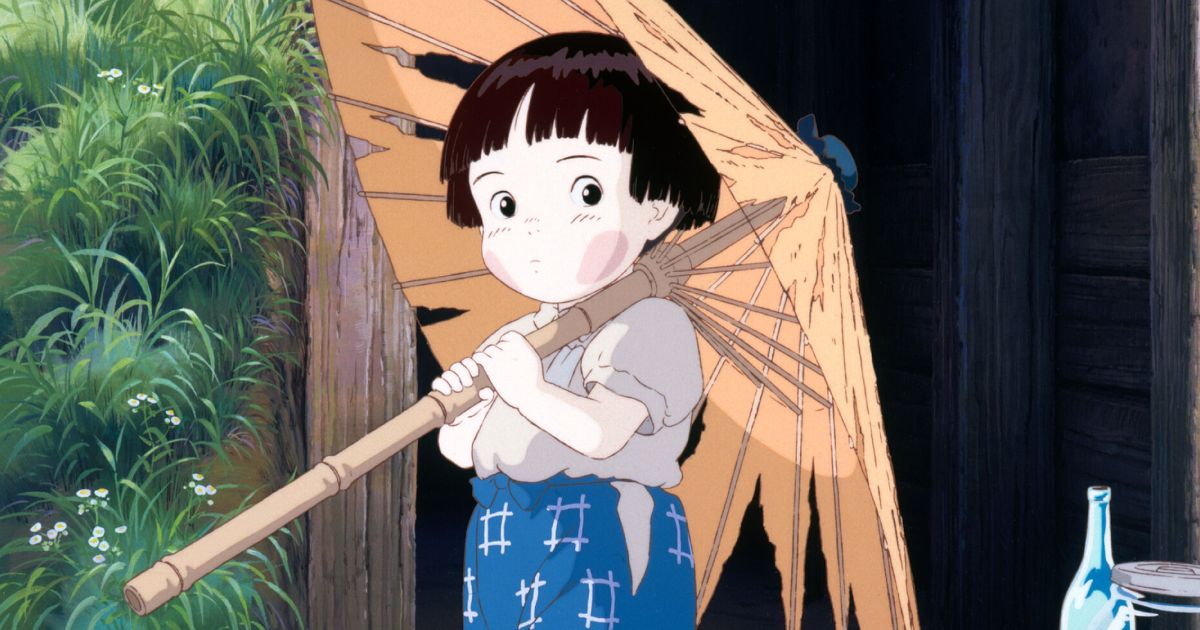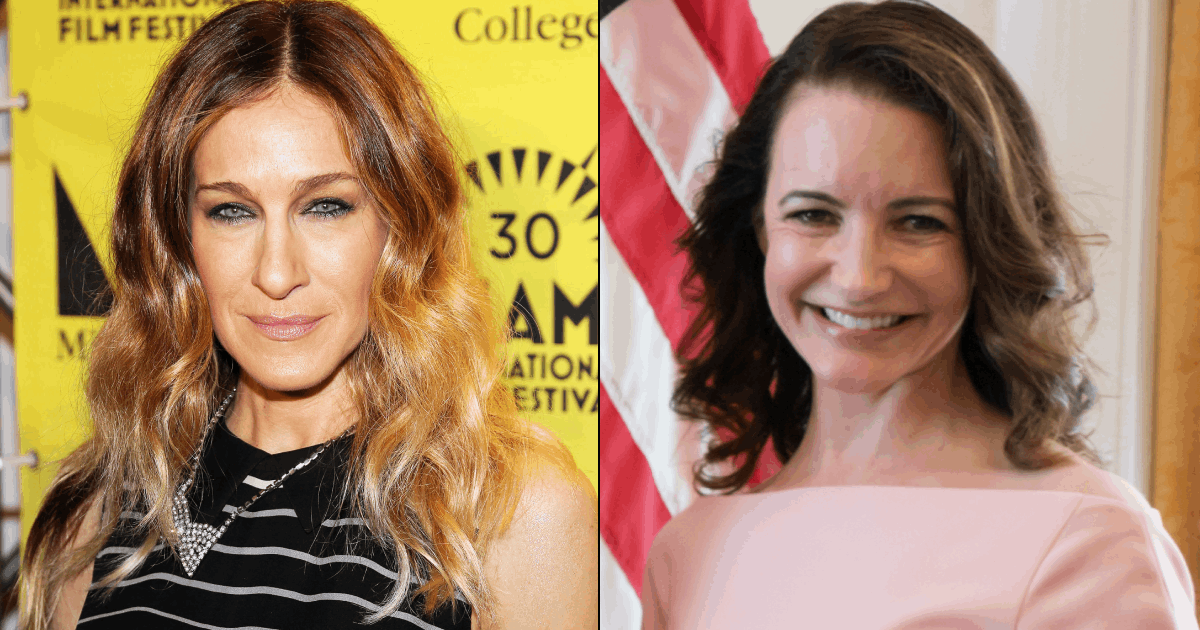
1988 could be called Studio Ghibli‘s defining year. It is the time when they released not just one but two cinematic juggernauts as a double feature, so opposite in tone that they practically orbit different emotional planets. One was Hayao Miyazaki’s My Neighbor Totoro, a soft breeze of joy wrapped in childhood wonder, and the other was Isao Takahata’s Grave of the Fireflies, which felt like getting your soul wrung out and left to dry in the aftermath of war.
Where Grief Becomes Story
While Totoro danced through sun-soaked fields and soot sprites, Grave of the Fireflies dropped like an emotional bomb. Don’t get me wrong, it is not the kind that explodes outward but the kind that detonates quietly in your chest, echoing long after the credits roll. It is not just a film you revisit casually, but the kind you carry with you, tucked somewhere deep, heavy, and hollow.
Behind its piercing sorrow lies a story drawn straight from lived experience. The film is based on the author Akiyuki Nosaka’s novel. Nosaka didn’t just imagine the horror but remembered it. He wrote the original novel as a way to process the guilt and loss he carried from childhood. He had already lost his sister due to starvation during the waning days of WWII, and writing was the only way to give her something back. That story became the foundation for Takahata’s film, and that grief bleeds through every frame.
Trending
Grave of the Fireflies: A Story Doomed From The Start
The movie wastes no time pretending this will end well. From the opening, with 14-year-old Seita’s voice calmly stating, “September 21, 1945. That was the night I died,” you know you’re in for pain. His ghost lingers near his own corpse at a train station where the candy tin clutched in his lifeless hands is discarded, and fireflies briefly illuminate the trash heap where memories and ghosts now gather.
The story revolves around Seita and Setsuko, siblings abandoned by circumstance and consumed by a war they can’t understand. With their father lost to the ocean depths with the Imperial Navy and their mother reduced to ash in a firebombing, they drift through post-war Kobe like leaves caught in a current far too strong. Their aunt offers shelter but not kindness, and eventually, her scorn drives them to seek refuge in an abandoned air raid shelter, which becomes a crumbling cocoon of brief solace and long-suffering.
The Cruelty of Hope
The film doesn’t let you forget that these are children. To survive, Seita does his best; he steals. He lies. He shoulders more than any child should, and still, it’s not enough. Seita tries to be a parent, but he’s only a teen, while Setsuko is only four. Her death comes like a whisper. Reeling with hunger, she doesn’t understand why food is gone, why the lights have disappeared, why her mother’s not coming back. And Seita can only lie so long before the truth seeps in. Scenes like her trying to eat a marble, mistaking it for candy, or pretending her mud cakes are rice balls are the punches that leave bruises you don’t see.
By the time Setsuko dies, there’s nothing left to hold onto. Seita’s hope, already threadbare, tears completely. The scene of her cremation is quiet. There’s no big swell of music, no grand farewell, just a boy alone in a world that gave him nothing and took everything. The twist of the knife comes when he finally gets access to some money, but by then, there’s no one left to save.
The Pain In Animation
It’s war told not from the battlefield, but from the ruins left behind. It’s animation, yes, but don’t confuse that with softness. The medium doesn’t dull the message, it only sharpens it with the raw and essential truth.
To call it one of the saddest films ever made isn’t hyperbole. It’s an acknowledgment. It’s not simply a movie to be watched, but endured. And yet, in its sorrow, it offers a rare kind of beauty, one born not from happy endings, but from the brutal honesty of what war does to the smallest and quietest among us.
For more such stories, check out Hollywood News
Follow Us: Facebook | Instagram | Twitter | YouTube | Google News



 Follow Us
Follow Us


![Ground Zero Box Office Potential: Is Emraan Hashmi’s Film On The Path To Become Uri 2.0? [Opinion] Is Emraan Hashmi's Ground Zero Box Office On The Path To Become Uri 2.0?](https://www.koimoi.com/wp-content/new-galleries/2025/04/the-ground-zero-box-office-prediction-is-emraan-hashmis-film-on-the-path-to-become-uri-2-0-opinion-01-218x150.jpg)






